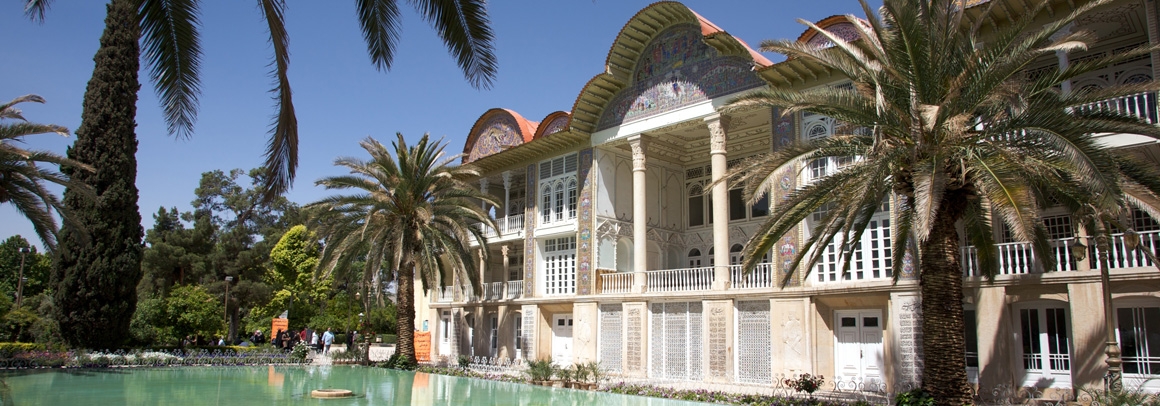It is in the south of the country and its center is Shiraz. It has an area of 122,400 km². In 2006, this province had a population of 4.57 million people, of which 61.2% were registered as urban dwellers, 38.1% villagers, and 0.7% nomad tribes. The etymology of the word "Persian" is derived from ...see more the cultural capital of Iran and found in many ancient names associated with Iran.
Fars or Pars is the original homeland of the Persian people. The native name of the Persian language is Fârsi or Pârsi. Persia and Persian both derive from the Hellenized form Πέρσις Persis of the root word Pârs. The Old Persian word was Pârsâ and its capital, Persepolis. Fars is the Arabized version of Pârs, as Arabic has no [p] phoneme.
The ancient Persians were present in the region from about the 9th century BC, and became the rulers of a large empire under the Achaemenid dynasty in the 6th century BC. The ruins of Persepolis and Pasargadae, two of the four capitals of the Achaemenid Empire, are located in Fars.
The Achaemenid Empire was defeated by Alexander III of Macedon in the fourth century BC.
Fars passed hand to hand through numerous dynasties, leaving behind numerous historical and ancient monuments; each of which has its own values as a world heritage, reflecting the history of the province, Iran, and western Asia. The ruins of Bishapur, Persepolis, and Firouzabad are all reminders of this.
There are three distinct climatic regions in the Fars Province. First, the mountainous area of the north and northwest with moderate cold winters and mild summers. Secondly, the central regions, with relatively rainy mild winters, and hot dry summers. The third region located in the south and southeast, has moderate winters with very hot summers. The average temperature of Shiraz is 16.8 °C.
The geographical and climatic variation of the province causes varieties of plants; consequently, variation of wildlife has been formed in the province. Additional to the native animals of the province, many kinds of birds migrate to the province every year. Many kinds of ducks, storks and swallows migrate to this province in an annual parade. The main native animals of the province are gazelle, deer, mountain wild goat, ram, ewe and many kinds of birds.
The province of Fars includes many protected wildlife zones.
Agriculture is of great importance in Fars. Fars has major petrochemical facilities, along with an oil refinery, a factory for producing tires, a large electronics industry, and a sugar mill. Tourism is also a large industry in the province. UNESCO has designated an area in the province, called Arjan (known as Dasht e Arjan) as a biosphere reserve. The tribes of Fars including Qashqai Turks, Mamasani Lurs, Khamseh and Kohkiluyeh have kept their native and unique cultures and lifestyles which constitute part of the cultural heritage of Iran attracting many tourists
Climate : Temperate
OldName : Parseh
Area : 122608
Population : 4596658





